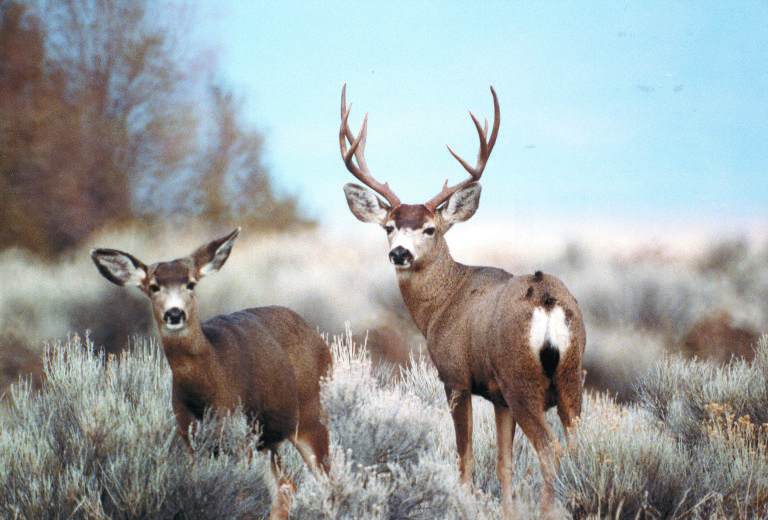
California’s Newly Enhanced Trophy Hunting Laws

by Carrie Wilson
10-13-2017
Website
Question: The new California Mammal Hunting Regulations book that just came out describes a new law to deter poaching of trophy class wildlife. How is this supposed to work? (Ron, Alpine)
Answer: Wildlife officers have two new tools to deter poaching and punish violators for serious poaching crimes. Under Fish and Game Code (FGC), section 12013.3, penalties have been significantly enhanced for any person convicted of poaching deer, elk, pronghorn, bighorn sheep and wild turkey with certain characteristics that classify them as a trophy game animal. In addition to this legislative change, the California Fish and Game Commission worked with the California Department of Fish and Wildlife and several outdoors, conservation and hunting organizations to develop California Code of Regulations, Title 14, section 748.6, which defines these “trophy” characteristics. The legislation and complementary regulation package went into full effect on July 1, 2017, and is widely supported by hunters and the hunting community.
In summary, poachers now face fines of not less than $5,000 (and up to $40,000) for poaching trophy deer, elk, antelope or bighorn sheep. Fines for poaching a trophy turkey could range from $2,000 to $5,000. Conviction could also lead to a yearlong jail sentence.
Wildlife officers hope these increased penalties will deter the worst offenders who commit crimes such as killing trophy class deer out of season in their winter range, spotlighting at night, leaving the majority of a game carcass behind, and other poaching offenses.
The regulations define trophy characteristics for each of the following game species:
- For deer hunting zones A, B1-B6, D10, D11, D13, D15 and D16, any deer with four or more points on either antler (excluding eye guards) or with an outside antler spread of at least 16 inches.
- For all other deer hunting zones (all X zones, all C zones and zones D3-D9, D12, D14, D17 and D19), any deer with four or more points on either antler (excluding eye guards) or with an outside antler spread of at least 22 inches.
- Any elk with five or more points on either antler (including eye guards).
- Any pronghorn antelope with a horn that is at least fourteen inches in length.
- Any male bighorn sheep (ram) having at least one horn tip that extends beyond a straight line beginning at the front (anterior) edge of the horn base, and extends downward through the rear (posterior) edge of the visible portion of the eye and continues downward through the horn.
- Any wild turkey with either a spur that is at least one inch in length, or a beard (measured by the longest strand of one or more beards) that is eight or more inches.
Buying a grizzly bear rug?
Question: May I purchase a grizzly bear rug at auction and have it shipped to my home in California? (Gaylan)
Answer: No. California’s Fish and Game Code, section 4758(a), prohibits the sale of any part of any bear. The prohibition against the sale of bears and bear parts extends beyond our local California black bears to include all species of bears, regardless of whether they were taken in California or imported into the state. This Fish and Game violation can be prosecuted as a felony. In addition, grizzly bears (and bear parts) are also protected by federal law.
Fishing the Colorado River?
Question: I have an annual California fishing license and I’ll be fishing in the Colorado River in Marble Canyon and Lees Ferry, Arizona. Is there a way to add whatever I need for just three days of fishing there? (Mary Phillips)
Answer: Both of these areas are well within Arizona, so California laws do not apply. You will need to obtain an Arizona fishing license and check with the Arizona Game and Fish Department for their regulations. They can be found at www.azgfd.com.
Carrie Wilson is a marine environmental scientist with the California Department of Fish and Wildlife. While she cannot personally answer everyone’s questions, she will select a few to answer each week in this column. Please contact her at CalOutdoors@wildlife.ca.gov.
Website Hosting and Design provided by TECK.net